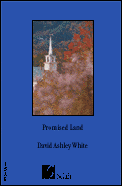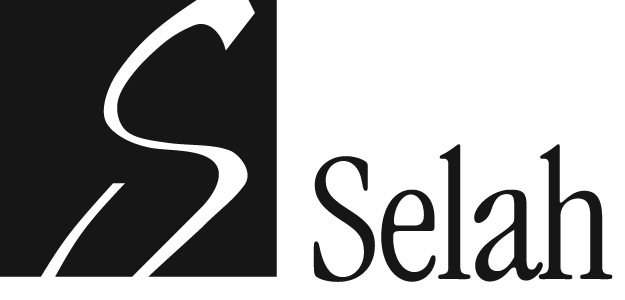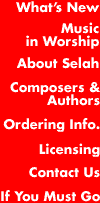|
Promised Land
(On Jordan's Stormy Banks I Stand)
Composer David Ashley White
Text Samuel Stennett, 1787
Voicing SAB, keyboard, flute, percussion, opt. cong.
Topics New Heaven and Earth
Length 2' 15" Price $2.95 (U.S.) Released 5/00
Catalog no. 425-817 Difficulty Moderately easy
Discography Fill the World with Loudest Praise, St. Paul's Chamber Choir, Robert Brewer, conductor (Selah 520-425)
Order now!
Order PDF download!
Read a history of the hymn
Download a review copy of this anthem
 Description Description
Scored for SAB, keyboard, flute, percussion, and optional congregation, this setting of the folk hymn PROMISED LAND captures perfectly the rugged beauty of 19th-century American folk hymnody. Useful as a choral anthem or as a congregational hymn setting, this joyful expression of praise and hope will find wide use among smaller choirs.
Text
On Jordan's stormy banks I stand,
and cast a wishful eye
to Canaan's fair and happy land
where my possessions lie.
Refrain
I'm bound for the promised land,
I'm bound for the promised land.
Oh, who will come and go with me?
I'm bound for the promised land.
There gen'rous fruits that never fail,
on trees immortal grow.
There rocks and hills and brooks and vales
with milk and honey flow.
Refrain
All o'er those wide-extended plains
shines one eternal day;
there God the Son forever reigns
and scatters night away.
Refrain
No chilling wind nor pois'nous breath
can reach that healthful shore;
sickness and sorrow pain and death
are felt and feared no more.
Refrain
When shall I reach that happy place
and be forever blest?
When shall I see my Father's face
and in his bosom rest?
Refrain
--Samuel Stennett, 1787
History of this hymn
This well-known hymn by the Rev. Dr. Samuel Stennett (17271795) first appeared in Selection of Hymns, a celebrated hymnal compiled by the Baptist editor John Rippon. Published in 1787, Rippon's hymnal also introduced in its enduring form Edward Perronet's "All Hail the Power of Jesus' Name."
A native of Exeter, Samuel Stennett spent his childhood in London where his father served a Baptist church as pastor. In 1758, he succeeded his father in the pastorate of the Baptist church in Little Wild Street, London, where he served until his death. A scholarly man, Stennett received a D.D. from King's College, Aberdeen in 1763. Known also as a friend of the reigning monarch, George III, Stennett nonetheless refused political or social opportunities to devote himself to ministry. His prominence among the Dissenting ministers of London afforded occasions to use his influence with political figures on behalf of religious liberty. Stennett authored 39 hymns, five of which appeared in Rippon's Selection (1787). His grandfather, Joseph Stennett, had also been a prominent Dissenting hymn writer, publishing several hymnals reflecting his Puritan-rooted religion of the heart. Samuel Stennett continued the tradition, although with less passionate language of glory and grace than had marked his grandfather's Puritan-influenced notions of Christian experience.
Stennett wrote seven stanzas for "On Jordan's Stormy Banks." The hymn is also known by the title Stennett gave it, "Promised Land." Critics have noted that "Promised Land" echoes a well-known hymn by Isaac Watts, "There Is a Land of Pure Delight." More than any other of Stennett's hymns, "Promised Land" found enormous popularity in 19th-century America. Its acceptance by American Methodists and its subsequent use in camp meetings and brush arbors help account for this. The hymn has appeared in each American Methodist hymnal since Francis Asbury included it in his Supplement to the Pocket Hymn Book (1808). Stennett's eight stanzas are generally reduced to three or four, and several of these may be slightly altered. The song found its way into the 1835 Southern Harmony and is part of the American shape note tradition. At some times in American history, evangelicals have reinterpreted Stennett's biblical metaphors with a this-worldly eye toward the promised land just over the horizon on the western frontier.
"Promised Land" has been set to various tunes. Perhaps the best-known in the United States today is PROMISED LAND, a traditional early-nineteenth-century American melody with a strong resemblance to a once-popular dance tune. William Walker's Southern Harmony attributes the tune to a Miss M. Durham. Rigdon M. McIntosh revised PROMISED LAND and changed it from minor to major tonality. McIntosh also added a refrain. "Promised Land" can be found in American hymnals in major or minor keys and with or without refrains.
|




